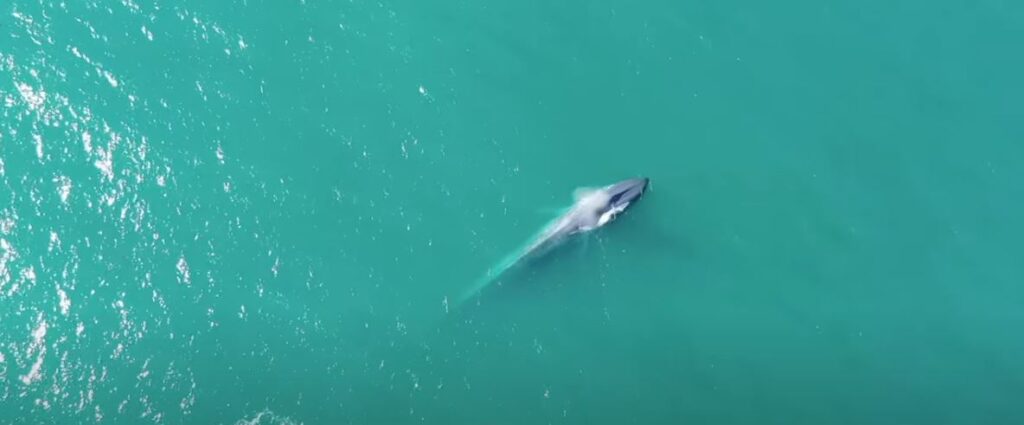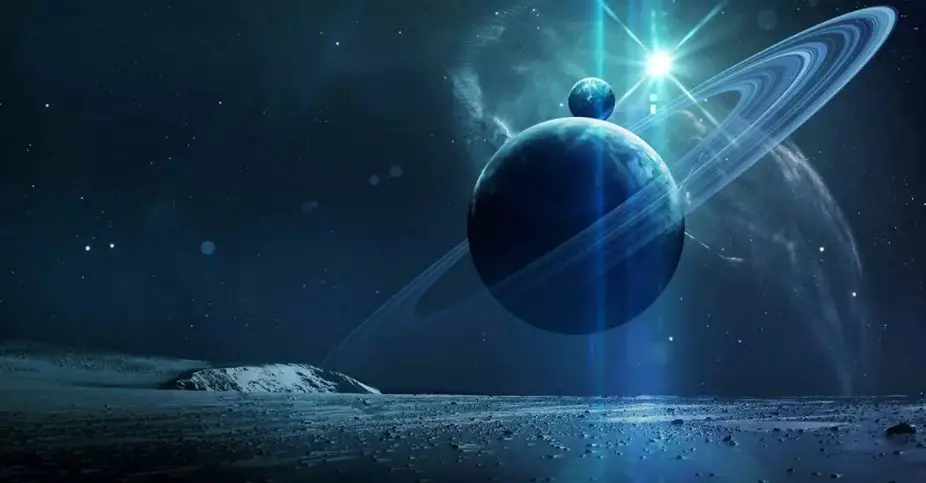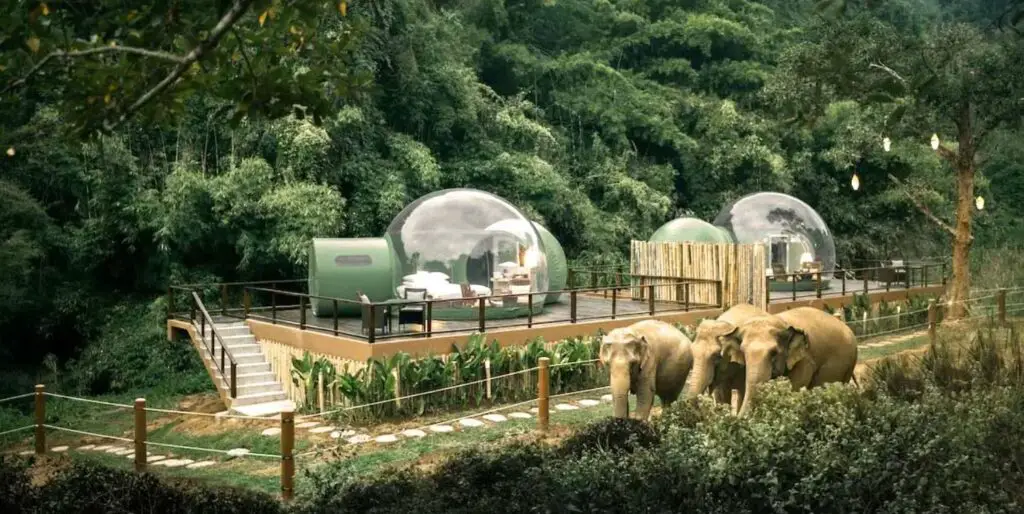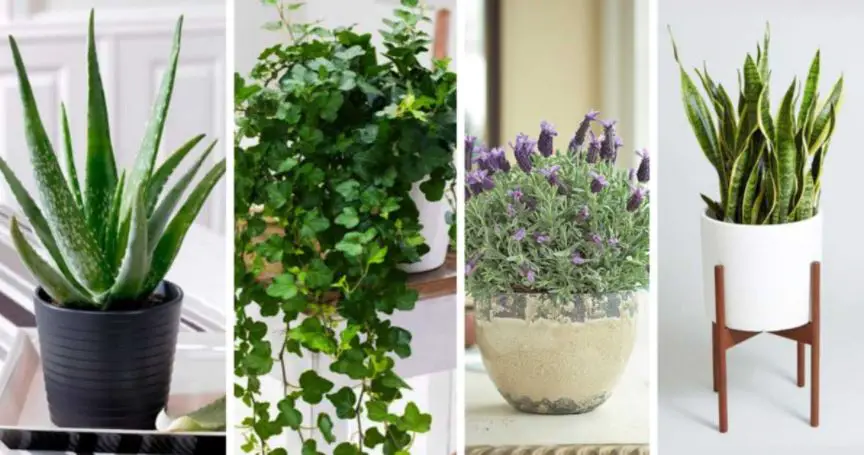Purple is one of the most beautiful colors in the world. There are a lot of flowers, plants, and some birds that are violet and just amazing to look at. However, nothing beats the sight of an amethyst mushroom.
The characteristics of Amethyst Mushroom
The amethyst mushroom called Elaeomyxa Cerifera was discovered in 1942. This very beautiful amethyst is not really a mushroom. It is called like that only because it looks like a mushroom’s young bud. This amazing Myxomycete is a slime mold that consists of three shiny colors that make it look like a disco ball.
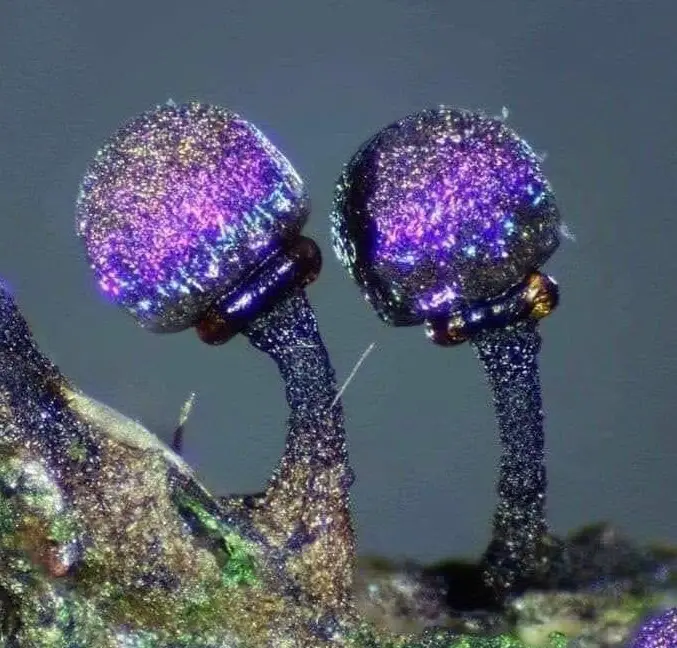
The perfect and unique mix of purple, silver, and green color gives an extraordinary look with a glitter-like appearance. It gives the impression of an entire galaxy contained in the fungus. The effect can be seen after it releases the spores and forms a slime mold that twinkles brightly.
Where can it be found?
The amethyst mushroom can be found in the northern part of Tasmania forests where you can see a lot of colorful plants and slime molds. Tasmania is a real Australian natural wonder.
Sarah Lloyd is a scientist and researcher who collect these shiny mushrooms. She says that they can be found very easily if you have the right equipment. Since she found this precious stone, she never stopped collecting it. Today, she has a collection of 1,800 from 120 species of these amazingly colored organisms. On her website, she gives details about her collection that has begun in a wet forest in the central north part of Tasmania forest.
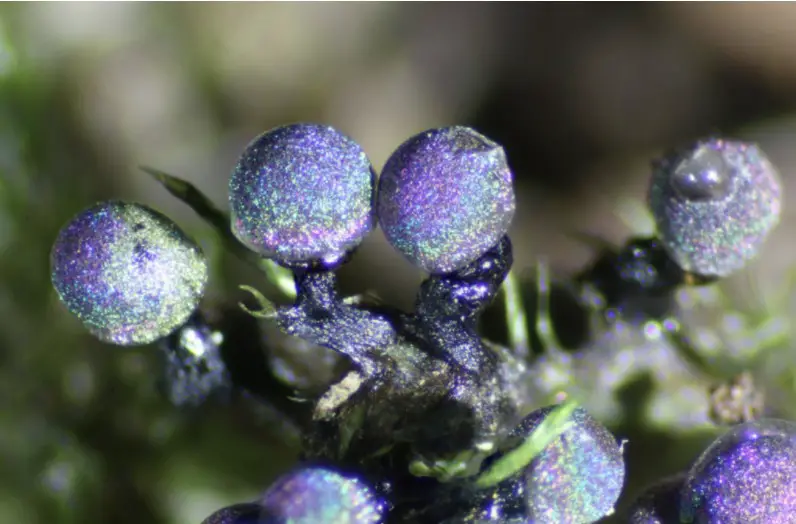
There are a couple of different walking tracks that led her to different forest types like the Melaleuca ericifolia swamp forest, the wet eucalyptus forest, Banksia marginata, ground ferns, fallen logs in decay, fallen branches, twigs, and many others. She feels fascinated by all of the habitats she has seen when she collects myxomycetes.
The omnipresence of the amethyst mushroom
Even though it is mostly found in Tasmania, the amethyst mushroom is pretty widespread in other parts of the world. They are mostly found in coniferous forests with mild temperatures, but also in tropical forests, deserts, grasslands, in alpine and arctic regions.
Thomas Macbride wrote in The North American Slime molds in 1899 that slime molds can occur on objects of any sort and that the microscopic structure of these precious stones is extremely beautiful.
This amethyst mold is different from the Laccaria amethystina known as the Amethyst Deceiver Mushroom. This is a unique mushroom with deep stunning colors. Although it can be consumed, it has a bitter taste thanks to the arsenic absorbed from the soil.



